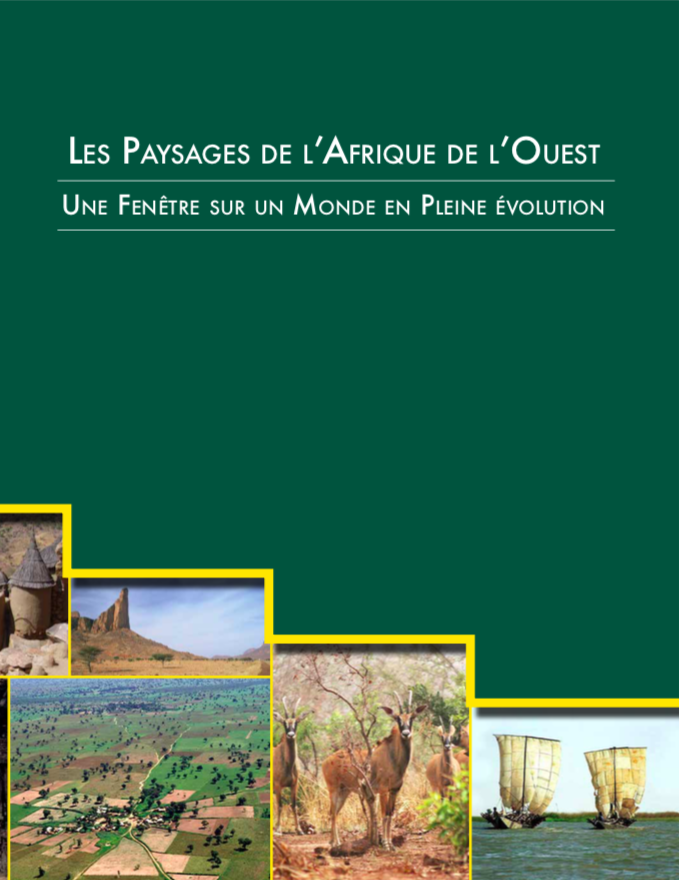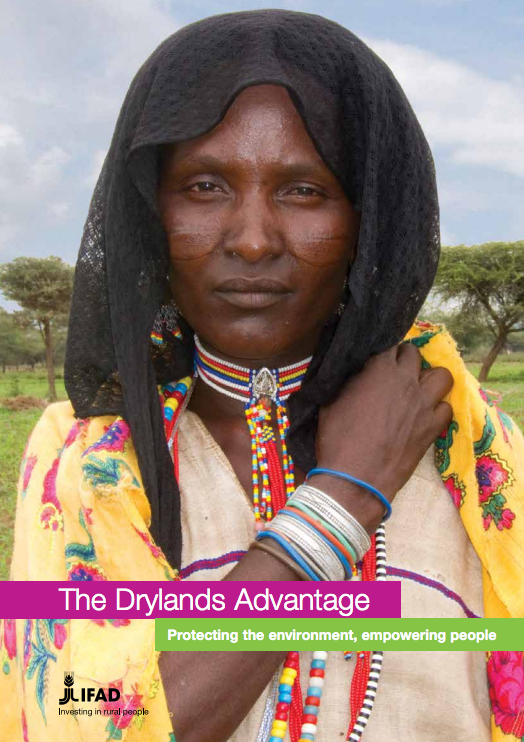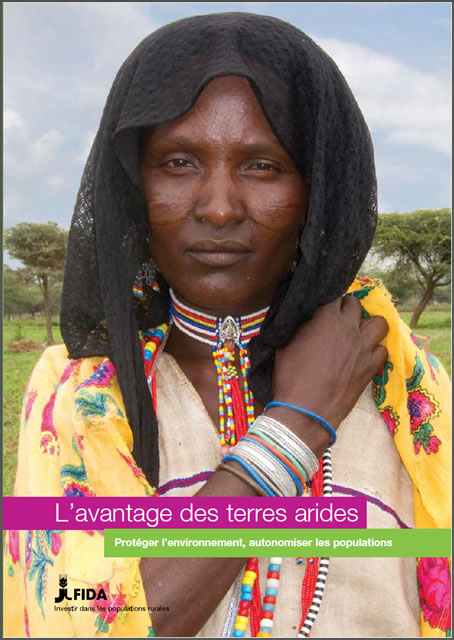Impact of land use intensity on sandy desertification: An evidence from Horqin Sandy Land, China
It has been widely accepted that high land use intensity contributes to sandy desertification in Northern China. However, it is surprising that it is even not easy to find an explicit definition and proper indicator for the term âland use intensityâ in the sandy desertification related literatures.






